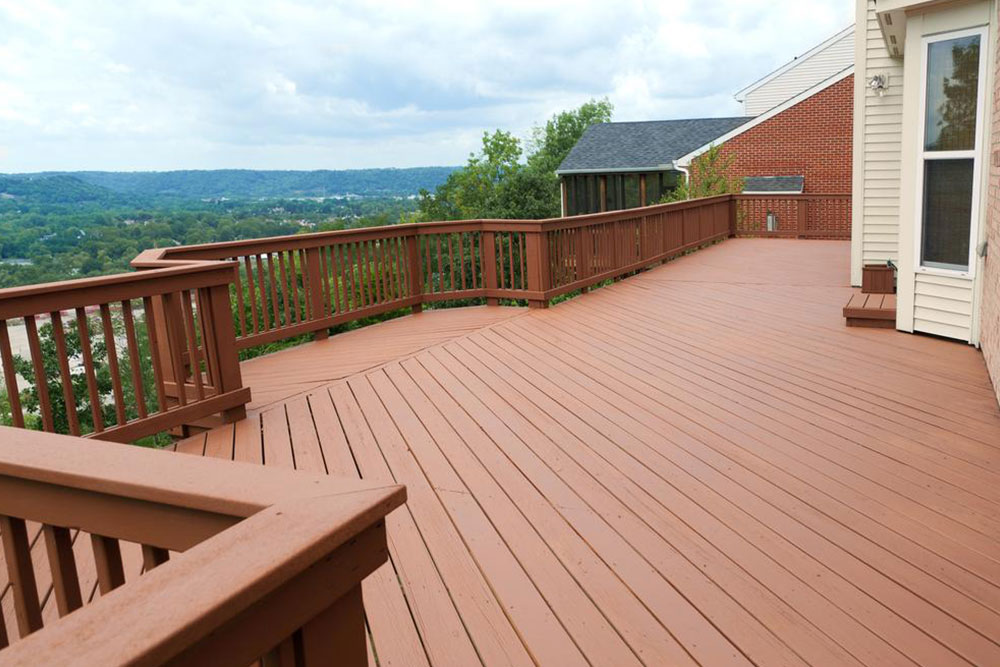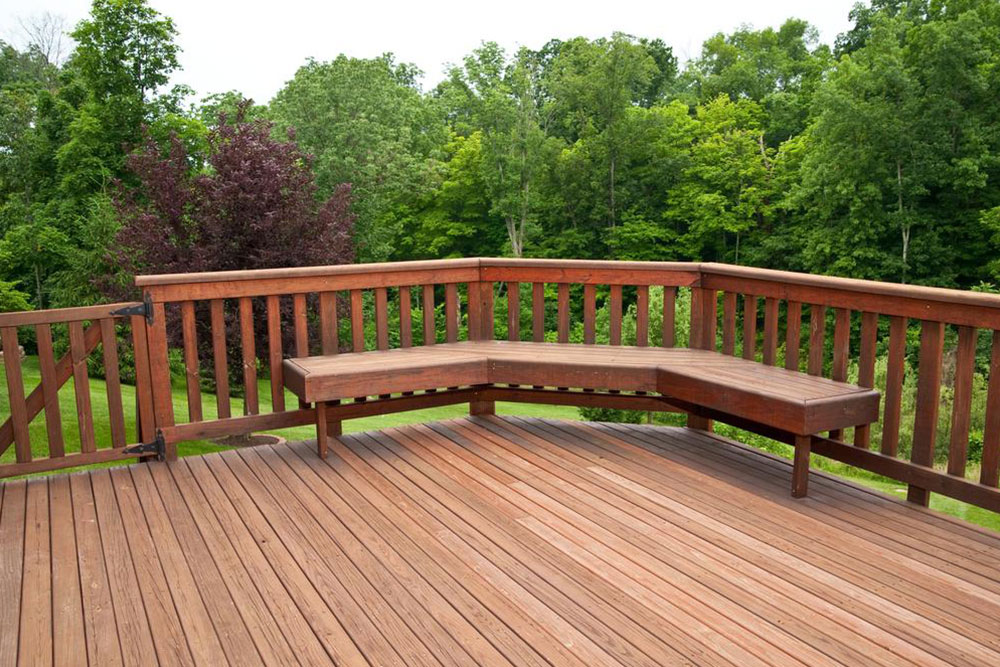Pros and Cons of Composite Decking Materials
Explore the advantages and disadvantages of composite decking, an eco-friendly, low-maintenance outdoor flooring option made from recycled materials. Learn about durability, costs, and key considerations to help you decide if it's right for your outdoor space.

Pros and Cons of Composite Decking Materials
Constructed from recycled plastics and wood fibers, composite decking provides an eco-friendly solution for outdoor living areas. Professional installation services are available from suppliers like Trex, offering a variety of wood-like shades and affordable installation costs.
Advantages
Composite decking offers numerous benefits: it needs less maintenance compared to traditional wood, is environmentally sustainable by utilizing recycled components, and boasts high durability, resisting rot, warping, and pests.
Most plastic in composite boards comes from post-consumer waste like shopping bags, reducing reliance on virgin timber. These decks are easy to clean, resistant to mold, and require minimal upkeep.
Disadvantages
However, composite decking has drawbacks. It tends to be costlier, priced around $2.50 to $3.50 per foot. While resistant to decay, it can suffer damage from storms or debris, often needing complete plank replacement since re-surfacing options are limited. Fading over time may occur, but brands like Trex have introduced innovative solutions to reduce this issue.
If you desire a stylish, low-maintenance outdoor flooring option and are prepared to invest, composite decking is a highly suitable choice.


